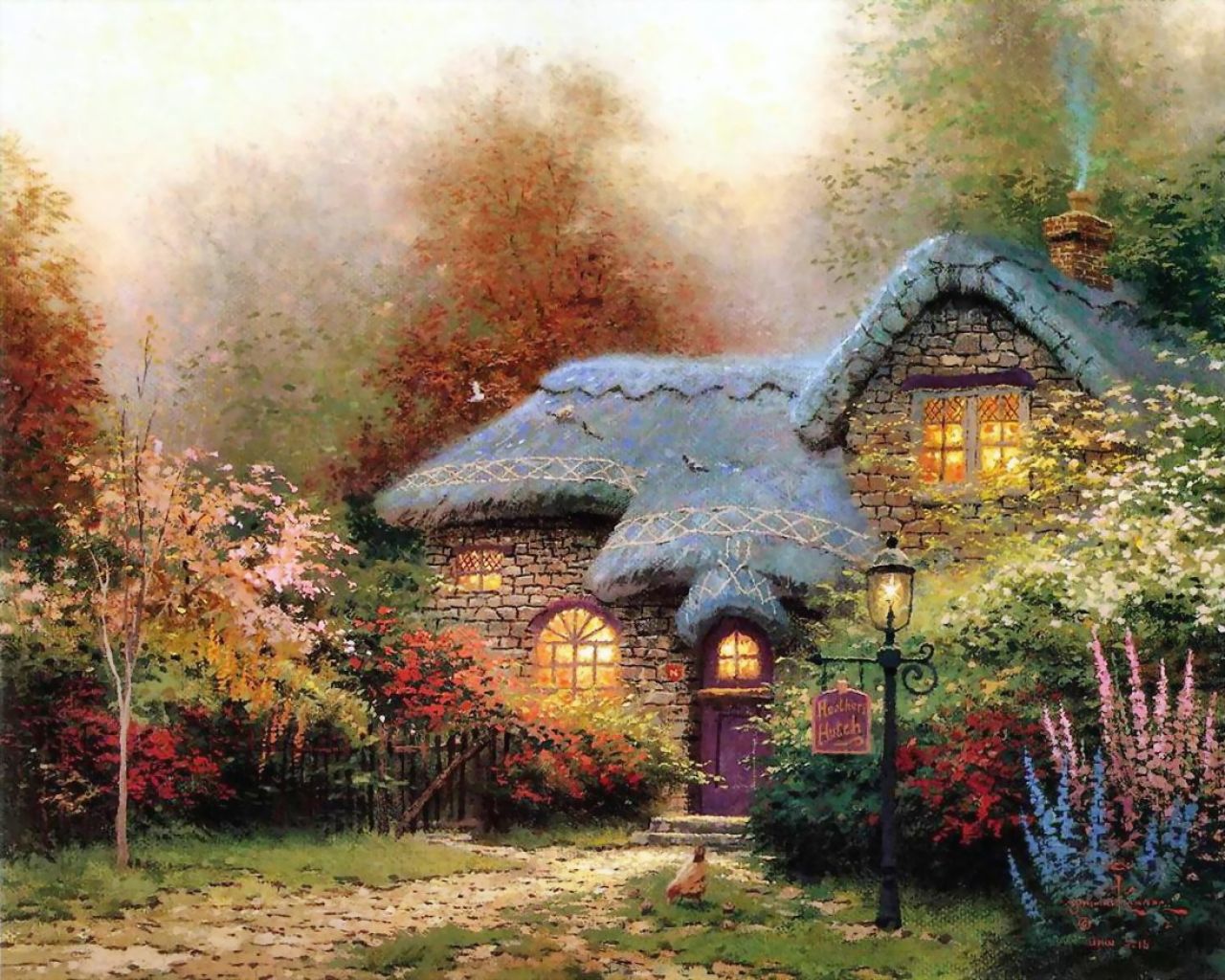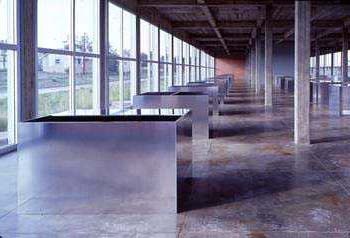The third installment from awesome Austin-based funeral director Sarah Wambold documenting the process of opening her own funeral home.
*~*~*~*~*~*~*~*~*~*~*~*~*~*~*
Hello Funeral Fam —
It’s been all back to school around here for the past month or so, as I’ve been taking advantage of some small-business development classes that Austin offers — aka the poor woman’s MBA.

Amidst the brief yet dense workshops on, say, writing a business plan, there are many networking opportunities with other entrepreneurs. Not surprisingly, I’m always the only person opening a funeral home and, despite my collaborative aspirations, people don’t rush over to speak to me. During introductions for one class, one woman mentioned that she was a visual artist who wanted to put together a plan for her own business. She struggled, she said, with finding customers and not just fans. I decided to approach her during the break and run my funeral home/art space idea by her; I am, after all, going to start a for-profit business that aims to fund art. She would love it! WRONG. The look on her face after I gave her my “elevator pitch” (that’s me practicing my entrepreneur speak) was worse than if I’d told her she owed me $25,000 for a funeral.
That is to say, she was hesitant. The break ended about two minutes later, but not before she’d told me she didn’t think my idea could work. For one, she was concerned about the two different audiences I would need to attract: my funeral customers and her art customers (I did not point out that she was having trouble getting said customers). She was also concerned about the emotions involved. The funeral process can be traumatic for people, she said, how would that translate to viewing and hopefully buying her art?
Let me back up a bit. Before I took any business class, my brow was furrowed over these very problems related to opening a unique hybrid space. How was I going to make sure that someone’s funeral was not diminished by something exciting going on in the art space? Or, how could I make sure that the art would not be completely stripped of its original intent simply because it was being shown in a place where death RULES? I know how important space is for artists and for curators. Offering them a space already so infused with ideas of darkness, sadness, and, um, death could have disastrous artistic results. I could end up with Thomas Kinkade all ova mah walls. Or skulls, which could be cool.

Back to the class: At the end, the artist approached me. She gave me her card and said she had been thinking about my idea. We chatted for a while and I surprised her when I said that as a new funeral home, I, too, was worried about getting customers and not just “fans.” She looked confused.

“But you have a service that everyone needs and I have a service that no one needs,” she said.
Not only does this statement make me sad — especially coming from an artist — but I also disagree. People need art and people need funerals. Neither has to look or function the way that we think it does — which may be the real concept she was struggling with — but I won’t lie, her comment kind of threw me. Will my idea actually work?

One of the courses I took was taught by Jennifer Chenoweth, a well-known artist in Austin and the “art futurist” of Generous Art, a nonprofit that uses fine art sales to fund local charities of the buyer’s choice. It’s a great concept that really works, particularly in terms of getting people to find value beyond just that of their own enjoyment when buying art. Jennifer said that in a business sense it is important to harness the fact that a person viewing an artwork will never have that exact experience again. Of course, I see parallels to my own idea here — it’s this value of experience that people need to be convinced of in funerals, too.
I made a big fuss in my first post about what my funeral home would look like on the inside since I felt like that would play a part in why people would come to me. This still feels true — I am trying to revolutionize the funeral HOME in order to shift how people think about the funeral itself. I also know that so much of what happens inside will always be beyond my control, conceptually and emotionally. Physically, I will need a space that allows for both private and public reactions to that.
The funeral experience can be viewed as the flip side to the art experience – the first we associate with loss, the second with creation — yet how we experience each comes from a similar place. The funeral home can be a space to explore this. I’m not sure that completely clearing out the emotions of a funeral to disassociate the space for art is what I should strive for. The space will be what it is: a funeral home. How you feel about that depends on you.
***
American Funeral Home Revolution #1, American Funeral Home Revolution #2, Jennifer Chenoweth’s website, Generous Art, Chinati Foundation
